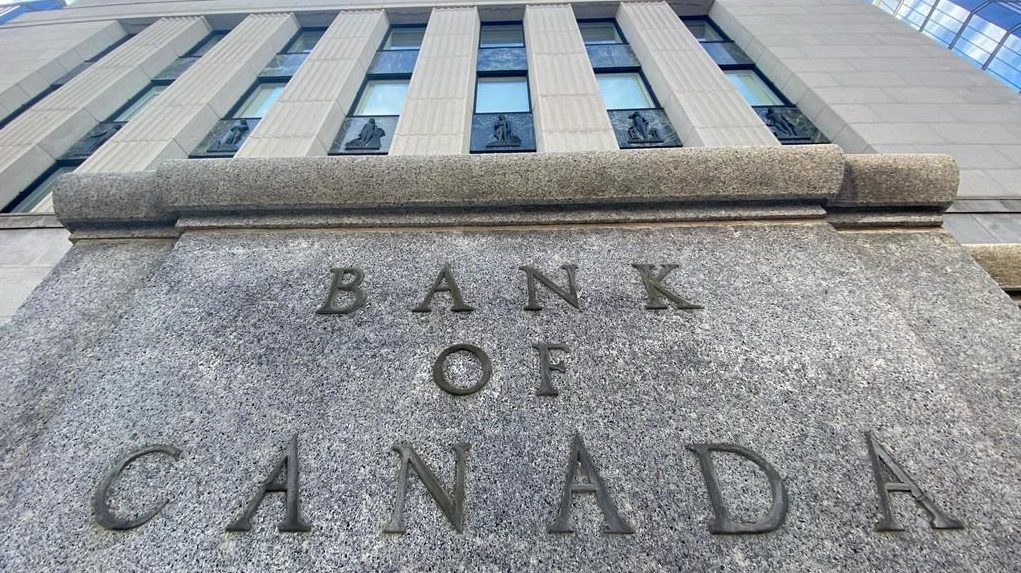Beware, warns the Bank of Canada, shortly after the cryptocurrencies crack. The volatility of these assets poses a risk to the financial system.
Within a week, the two main cryptocurrencies lost 50% of their value. Ether fell back below $2,000. Bitcoin recorded its most significant drop. However, both assets are growing again.
The fact remains that the global crypto-asset market is going through a crack. In a few days, $1 trillion in value has evaporated. This is bad news for investors, but not only.
Central banks are multiplying their warnings. The Bank of Canada recently published its annual report. Its publication coincides with the crash of cryptocurrencies. These assets naturally find their place in this document.
And the Bank of Canada does not forget to warn about the volatility of this new asset class. In particular, it believes that crypto is now a risk to the Canadian financial system.
Nevertheless, this risk is still minor, as the adoption of cryptocurrencies faces a significant hurdle. “Price volatility arising from speculative demand remains a significant barrier to widespread acceptance of crypto assets as a means of payment,” the report finds.
This volatility is undeniably a risk factor. The beginnings of democratization among institutions should not make us forget it. “Despite the growing institutional interest in crypto-assets, they continue to be considered high-risk because their intrinsic value is difficult to establish,” stresses the central bankers.
But as they have been since their emergence, central banks are probably even more concerned about another ‘threat’ from the crypto market. This is the stablecoins, private currencies that could challenge the dominance of the fiat currencies of the states.
Unlike other crypto currencies, their less volatile nature should however meet the expectations of central banks. This is not the case. Stablecoins “still share some of the same risks as other crypto-assets,” warns the Bank of Canada.
The main reason? Unless “stablecoins are backed exclusively by Canadian dollars, their widespread adoption could hamper the Bank’s ability to implement monetary policy and act as a lender of last resort. ”


